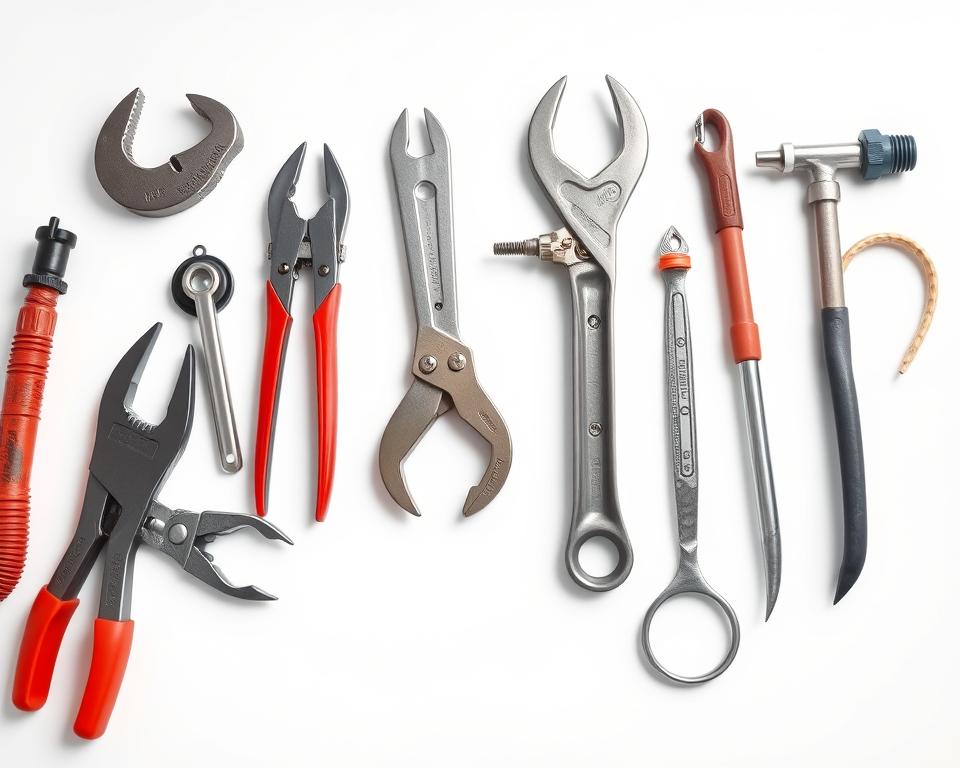DIY Guide: Faucet Valve Seat Replacement Tips
Did you realize a dripping faucet can squander more than 3,000 gallons yearly? That’s enough to fill a small swimming pool! Fixing worn-out components saves money and conserves water—no plumbing experience needed.
Our step-by-step guide keeps it straightforward. Grab supplies from Installation Parts Supply and end leaks in no time. Skip costly plumber fees and enjoy a drip-free home using faucet seat replacement.
Follow our step-by-step instructions for a smooth fix. Top-grade parts deliver durability and boost your DIY confidence.
Key Takeaways
- Leaks waste water and increase bills—quick fixes prevent damage.
- DIY repairs save money compared to hiring a professional.
- High-quality parts from trusted suppliers improve durability.
- Simple tools and clear steps make the process beginner-friendly.
- Consistent upkeep keeps fixtures working longer.

Why You Should Replace Worn Valve Seats
One small drip can quickly turn into a costly problem. Deteriorated parts drain water, raise costs, and threaten your home. Early repairs cut costs and maintain smooth operation.
Detecting a Worn Valve Seat
Watch for these red flags:
- Water drips despite a snug handle.
- Inconsistent flow, like spurts or weak pressure.
- Rust or pits on the valve seat area.
For example, a kitchen leak disrupts cooking and stains sinks. Early service stops headaches down the road.
The Mechanics of Valve Seat Wear
Scale buildup plus friction break down components. Microscopic cracks let water leak through. Unchecked wear on the valve seat may wreck the faucet.
Trust Installation Parts Supply for durable replacements. Their components fend off scale and maintain a solid seal.
Quick leaking faucet repair protects your home and conserves water—up to 3,000 gallons yearly!
Tools and Parts You’ll Need for the Job
The right kit makes for a durable, leak-proof repair. From minor drips to stubborn leaks, proper gear speeds the job. Gather these items first:
Must-Have Tools for Valve Seat Replacement
A basic plumbing tools list includes:
- Adjustable wrench for nuts and fittings.
- Valve-seat wrench for seat extraction.
- Screwdriver set—to remove handles and screws.
- Pliers—to hold and remove pins.
A grinding tool helps smooth out rough seats. Stock a faucet repair kit that includes seats, washers, O-rings.
Buying Parts
Skip generic parts that wear out quickly. Installation Parts Supply stocks long-lasting, compatible parts across the US. Each kit comes complete with seals and tech support.
| Must-Haves | Optional (For Advanced Jobs) |
|---|---|
| Adjustable wrench | Valve-seat grinder |
| Seat wrench | Heat source |
| Faucet repair kit | Tubing cutter |
Investing in reliable tools and parts pays off. You’ll dodge future leaks and live leak-free.
How to Replace the Valve Seat
A straightforward DIY fix that halts water loss. No matter your skill level, follow these for success. Gather your tools and let’s get started.
Step 1: Turn Off Water & Disassemble
Find and close the shutoff valves beneath your sink. Open the handle to drain remaining water. Use a screwdriver to remove the handle, then unscrew the retaining nut with an adjustable wrench.
Pro Tip: Mark each piece with tape for easy reassembly. Installation Parts Supply offers anti-rust nuts for long-term durability.
Step 2: Take Out Old Seat
Check for buildup and wear. Fit a seat wrench into the worn component and turn counterclockwise. Loosen tough seats with oil—wait about ten minutes then try again.
| Common Challenges | Solutions |
|---|---|
| Stuck seat | Use heat (carefully) or a locking plier |
| Stripped threads | Replace the entire housing |
Step 3: Insert Replacement Seat
Wire-brush the hole to clear corrosion. Align the new seat (*replace valve seat* from *Installation Parts Supply*) and hand-tighten first. Finish with the wrench, but avoid over-tightening to prevent cross-threading.
Step 4: Put It Back Together & Test
Reassemble parts in the opposite sequence. Open the shutoff valves gradually. Check for drips—if leaks persist, tighten connections incrementally. Nailing this DIY faucet repair keeps your bills low!
In Closing
Enjoy peace of mind with sturdy, leak-free plumbing. Early repairs cut waste, reduce bills, and avoid bigger fixes.
Armed with these instructions, you’ll repair like a pro. Installation Parts Supply parts deliver longevity and leak protection.
Incorporate these maintenance habits: yearly washer checks and tightening loose parts. Small efforts now avoid big repairs later.
Time to get started—collect your tools and banish drips for good.
